Ever wonder why birds sit on power lines? How do they hold on? Why do they all face one way? How many birds can sit on a power line at one time? Can birds talk to each other? Are they social towards each other?
Before you research the answers to these questions, take a moment and go outside to observe birds in your neighborhood through a window. Take note of their sizes, shapes, and colors. Do you know where these birds come from and where they nest? Are the birds in your neighborhood social? Do they talk to each other? Do you hear them sing? How many different songs do you hear?
Here are a few facts to get started:
- Birds sit on power lines because they are very similar to the branches they sit on in nature
- Their feet are designed to lock onto a round cylindrical object, such as the aforementioned branches and power lines
- Birds all face the same way to have the wind at their backs
- Birds are very social and will make room for another bird as it lands on a wire
- They gather in large groups during migration to their summer or winter homes
- The birds we see most often are in the family of songbirds
- Birds like to sit up high so they can see prey or look for food
Now, for the fun questions! Can birds talk to each other? What are they looking at? Have your students decide the answers to these questions or even create a story around them.
Colorful Bird Creation
This project allows students to study birds and their habitats. They’ll also experiment with mixed media products, create an assemblage, and hone basic math skills. The composition is an assemblage with students creating the components on separate sheets of paper.
Have students start by sketching out an image of their chat line. To create each bird’s body, use a ruler, a piece of cardboard, a circle maker, a tin can, or a bottle. Discuss the components of a bird and how circles and half circles can be used to create the needed shapes for a bird.
Once a design has been chosen, have students draw the circles and half circles in the sizes they want on drawing paper. Then, they’ll use a variety of mediums or materials to color the parts of their birds. These can include crayons, tissue paper, markers, watercolors, newspaper, gift wrap, or magazines.
Don’t forget about the other items in the composition! Your bird chat line also needs tree branches, leaves, power lines, and poles. What materials can they use to make these? Once all the composition pieces are colored or created, they can be positioned on their paper. Glue them down only after the pieces are arranged in the composition desired.
Once complete, students can glue their birds together on the chat line. Now it’s time for their fabulous story… What are your birds chatting about on their chat line?
Colorful Bird Chat Line Lesson Plan Objectives
- Students use a variety of materials that can easily be found at home or in the classroom
- Students discover that an assemblage process allows them to be more creative with color and texture
- Studying birds, habitats, migration patterns, and shapes will integrate science and math into this cross-curricular art project
Click Here for the Free Colorful Bird Chat Line Art Lesson Plan
Tips for the Colorful Bird Chat Line
As students color in their background, have them add details such as buildings, trees, landmarks, and other birds flying.
Have students watch the 2001 documentary “Winged Migration” to learn more about how and why birds migrate.
When writing the story, think about the types of questions birds would chat about: Where are we going to eat dinner? Should we sleep during the day or night? Why can’t humans fly?
More Bird Art Lesson Plans & Ideas
Want to try something else? Check out these other art lesson plans and view our Art Lesson Plan collection for even more!
Share Your Students’ Artwork In Our Monthly Contest!
We want to celebrate the wonderful pieces students have created! We are looking for student artists and giving them an opportunity to shine! Submit their artwork to be considered for our next featured student artist and a chance to win a merchandise certificate worth $250 for the student and the teacher who inspired them. Artwork from students of all grade levels is eligible, and the online submission process is simple. Visit our Student Art page for details.
Mary Reilly
Mary Reilly received her BA with an emphasis in textile design from Mount Mary University in Wisconsin. She studied at the Wetterhoff Institute of Craft and Design in Hämeenlinna, Finland, as well as took numerous post-graduate courses in fine arts. Mary has over 15 years of experience with Sax Arts & Crafts, developing and shaping a national team of Art Consultants who have conducted art education and professional development workshops to elementary, middle, and high school art educators across the United States and Canada.
Read more by Mary Reilly
Nadine Dresbach
Nadine Dresbach received her Masters and Undergraduate Degrees in Art Education from Kent State University. She began her teaching career at Canton City Schools and Kent State University in Ohio. In 1995 she was hired by Sax Arts and Crafts as an Art Consultant and Category Sales Manager representing School Specialty at conferences and professional development sessions. Nadine also creates artwork and lesson plans for the company. Her other teaching experiences include instruction and Internship Supervisor for Winthrop University in Rock Hill South Carolina as well as work for the Rock Hill and Union County School Districts and St. Anne Catholic School.
Read more by Nadine Dresbach

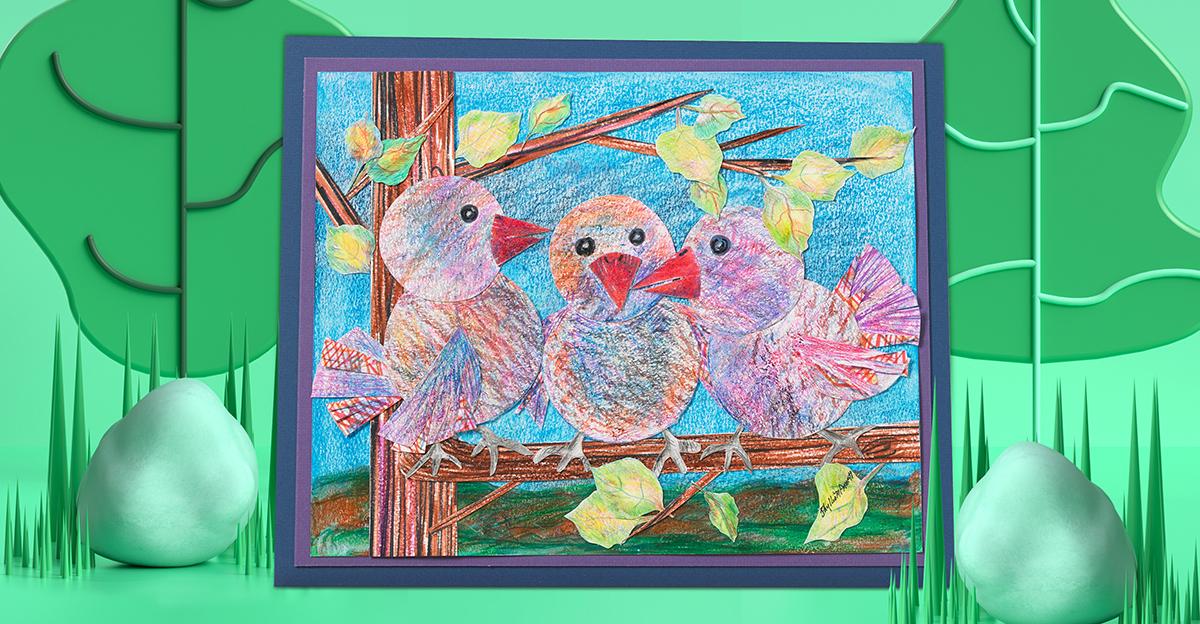
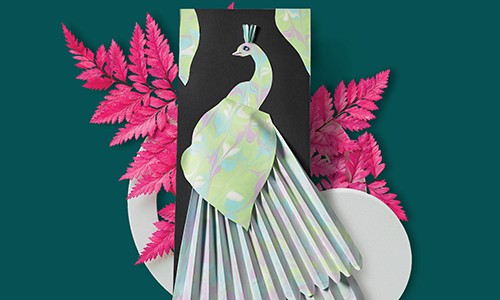
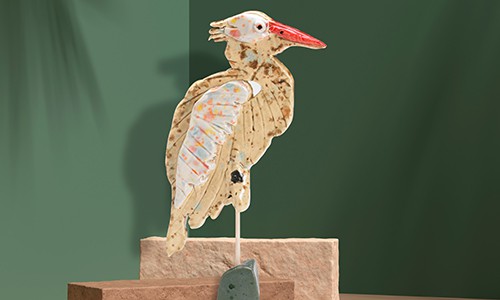
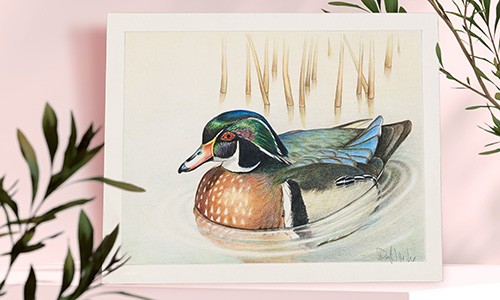




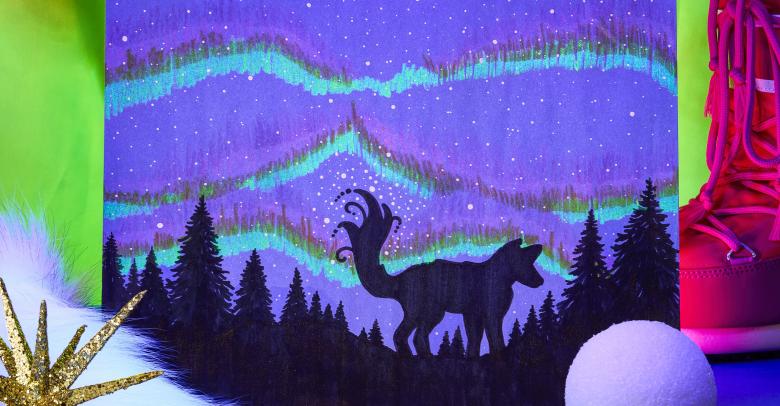
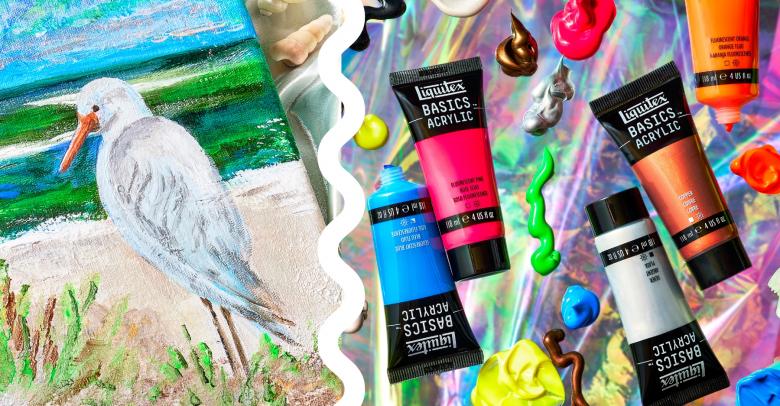
Leave a Reply